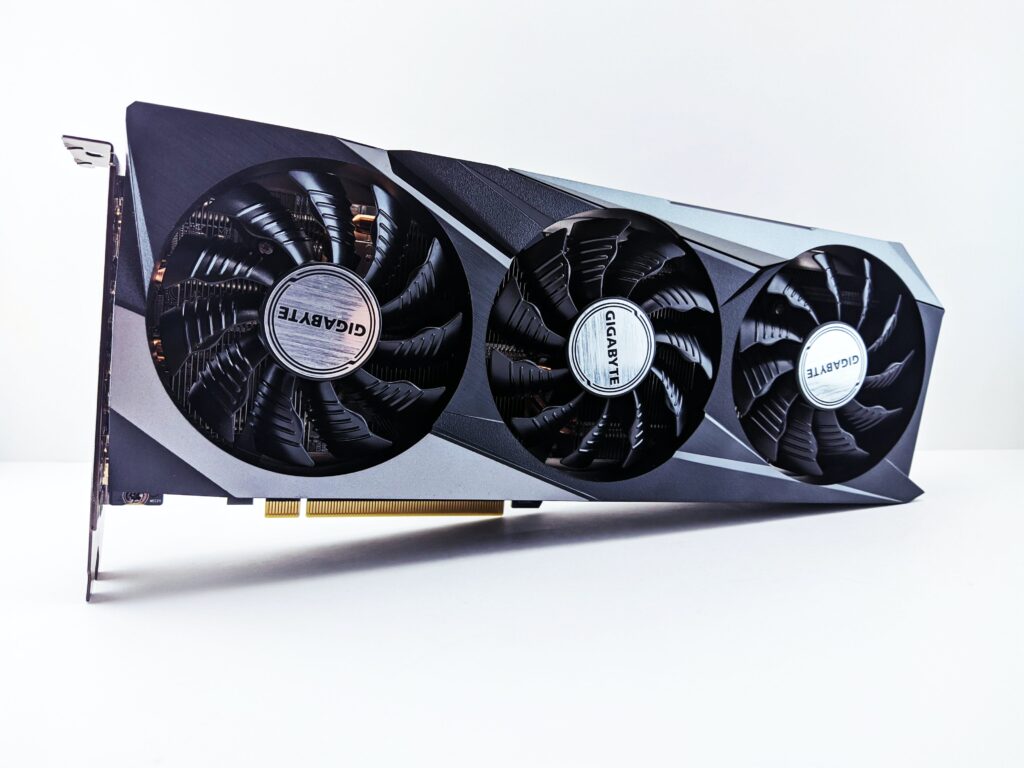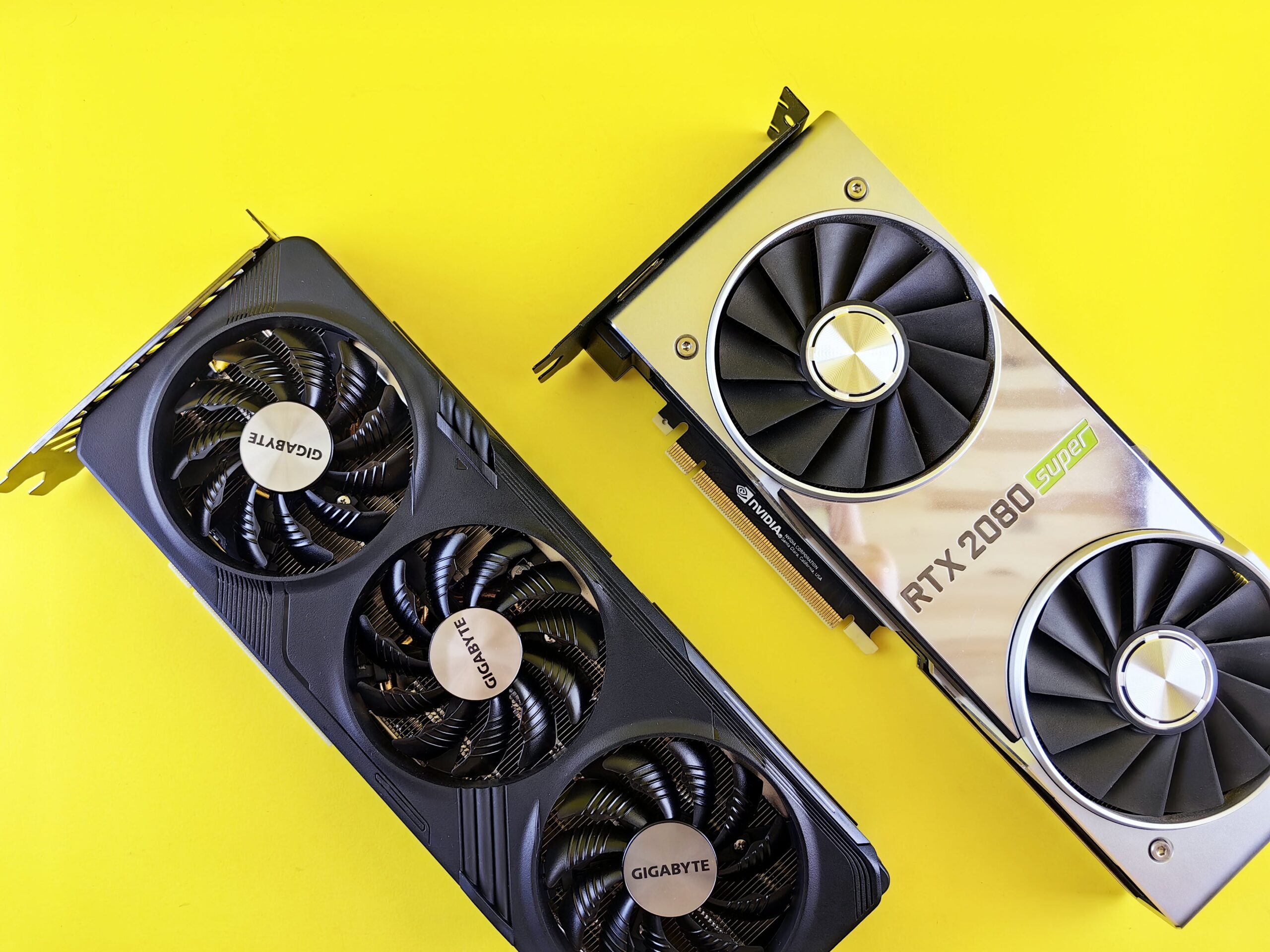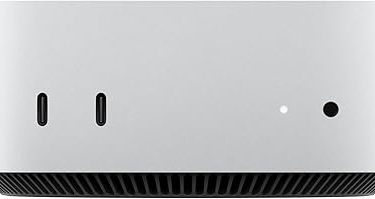Although hundreds of graphics cards are available from numerous manufacturers, just three firms actually produce the GPUs that power these devices: AMD and Nvidia are the two leading competitors, though Intel Arc Alchemist GPUs are also offered.
As the industry leader, Nvidia uses its position to push innovative technologies such as deep learning and artificial intelligence (AI), DLSS 3.5 Ray Reconstruction, DLSS 3 Frame Generation, and of course the original DLSS 2 upscaling. While AMD does have solutions to most of these, it isn’t really keeping up outside of FSR2 upscaling. For instance, FSR3 Frame Generation is currently available, but our first two games were, to put it mildly, poorly done. From the top-tier RTX 4090 to the more affordable RTX 4060, its most recent RTX 40-series GPUs, are all effective, have nice features, and typically cost more than rival products.
AMD’s RX 7000-series GPUs outperform Nvidia in rasterization games and have greater VRAM at comparable price points. They are also generally more competitively priced. The RTX 4060 Ti’s 8GB of VRAM is especially disappointing and is a regression from the 3060’s 12GB. However, in terms of generational differences, the RX 7800 XT, RX 7700 XT, and RX 7600 aren’t all that different from their outgoing 6000-series predecessors. Only the RX 7900 XT and RX 7900 XTX offer performance improvements.
Intel is currently, at most, a cheap substitute. While the Arc A750 and Arc A580 are reasonably priced considering the performance level they provide, they consume more power than the rival AMD and Nvidia options. The Arc A750 can only match the RTX 3060 of the previous generation; Intel does not really have a solution for the RTX 4060 and higher. Although drivers are becoming better, AMD’s RX 6600 and RX 6650 XT are still excellent alternatives to Intel’s Arc GPUs, so Intel isn’t out of the woods.

The real-time ray tracing elephant in the room deserves to be discussed as well. DirectX Raytracing (DXR), which was first made available with Nvidia’s RTX 20-series graphics cards, has been gradually gaining traction. Although DXR (and VulkanRT) are supported by AMD and Intel GPUs as well, Nvidia is currently using their third generation of RTX 40-series GPUs, and in certain titles, such as Alan Wake 2 and Cyberpunk 2077 Phantom Liberty, there is a noticeable difference in performance and visual quality between Nvidia and the competition.
However, the amount of games that effectively utilize ray tracing is still somewhat small. Undoubtedly, more games are supporting RT, but the technology only seems to be bringing minor visual quality gains to a lot of those titles. To put it simply, focusing just on reflections, ambient occlusion, shadows, or any other RT effect isn’t going to have a significant impact. However, the performance hit increases with the number of RT effects utilized. To discover just how much of a difference path tracing makes between Nvidia and the competition, check out our coverage of Alan Wake 2 (mentioned above).
How Much Are You Able To Spend?
Video cards range widely in price from extremely cheap devices that cost under $100 to very expensive ones that can cost up to $2,000 or more for custom GeForce RTX 4090 variants. Although the 4090 has some noticeable advantages over the RTX 4080, which is a step-down, the top-end cards are usually not worth the money unless you absolutely must have the greatest performance possible.
With their most recent models, Nvidia and AMD have largely changed their lines, resulting in performance that now scales almost exactly in proportion to price. In this iteration, the 4080 MSRP costs $1,200, while the 4090 costs $1,600. Previously, the RTX 3080 cost $700, while the RTX 3090 cost $1,500: Up to 30% greater output for 33% greater revenue
Here is the short list of GPUs we are currently tracking, however, check our GPU price index for frequently updated pricing on the various GPUs:
| Graphics Card | Retail Price |
| GeForce RTX 4090 for $1649 | 1648.99 |
| GeForce RTX 4080 for $1090 | 1089.99 |
| GeForce RTX 4070 Ti for $770 | 769.99 |
| GeForce RTX 4060 Ti 16GB for $430 | 429.99 |
| GeForce RTX 4060 Ti for $370 | 369.99 |
| GeForce RTX 4060 for $290 | 289.99 |
| Radeon RX 7900 XTX for $889 | 889 |
| Radeon RX 7900 XT for $720 | 719.99 |
| Radeon RX 7800 XT for $500 | 499.99 |
| Radeon RX 7700 XT for $430 | 429.99 |
| Radeon RX 7600 for $240 | 239.99 |
| Radeon RX 6950 XT for $610 | 609.99 |
| Radeon RX 6900 XT for $550 | 549.99 |
| Radeon RX 6800 XT for $495 | 494.99 |
| Radeon RX 6800 for $400 | 399.99 |
| Radeon RX 6750 XT for $350 | 349.99 |
| Radeon RX 6700 XT for $310 | 309.99 |
| Radeon RX 6700 10GB for $281 | 280.57 |
| Radeon RX 6650 XT for $230 | 229.99 |
| Radeon RX 6600 XT for $250 | 249.99 |
| Radeon RX 6600 for $200 | 199.99 |
| Radeon RX 6500 XT for $144 | 144 |
| Radeon RX 6400 for $134 | 133.72 |
| Intel Arc A770 8GB for $240 | 239.99 |





